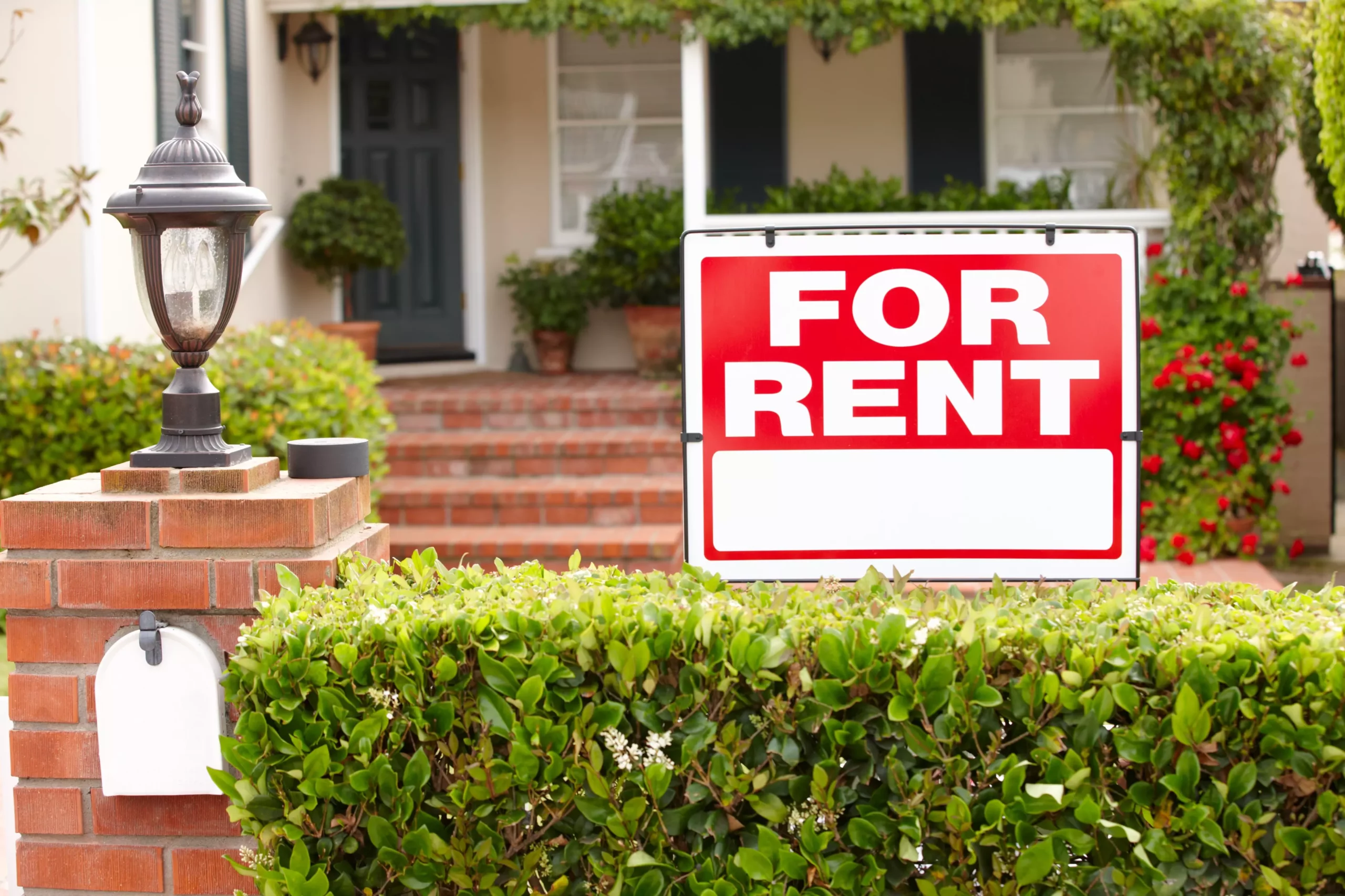A Guide to Landlord Insurance for Small to Medium-Sized Property Owners in Ontario
Whether you’re an established landlord or planning to become one, understanding your insurance options is essential to protect your rental property investment. This guide offers a straightforward overview to help you navigate landlord insurance in Ontario. We’ll break it down into simple terms, but if you’re pressed for time or prefer a personalized approach, don’t hesitate to call or email us for advice. Remember, every situation is unique, so always consult with an insurance broker before making any decisions about your coverage.
Key Considerations Before Insuring Your Rental Property
Before securing insurance for your rental property, ask yourself these important questions:
- Have all necessary updates been made to meet current building codes? This includes electrical, plumbing, and roofing updates. Properties in good condition are easier to insure and may qualify for better rates.
- Is the property undergoing renovations? If you’re planning major renovations, inform your insurance company. Depending on the type of work, you may need an under renovation policy. Failing to disclose your property is being renovated may result in denied claims should one occur.
- Who is responsible for property maintenance? Whether it’s snow removal, general repairs, or addressing tenant concerns, having a clear plan is crucial to ensuring your property remains in good condition.
Personal Policy vs. Commercial Policy
Did you know that small to medium-sized landlords can often insure rental properties under their personal homeowners insurance? While this can be a cost-effective solution, there are some limitations you should be aware of:
- Occupancy restrictions: Most insurance companies allow only one related family per unit. However, properties with multiple units (e.g., duplexes or triplexes) can still qualify, provided each unit is self-contained with its own kitchen and bathroom facilities.
- Number of properties insured: Most insurers limit the number of rental properties covered under a homeowners policy, usually up to 3 properties.
- Shared claims: If a claim is made on a rental property insured under your personal homeowners policy, some insurance companies may count it as a claim towards your home policy. Other insurance companies may just count claims on the specific property being insured. You should always disclose all claims you’ve had on any property.
Benefits of Insuring Under a Personal Policy
- Multi-line discounts: If you bundle your car and home insurance with the same company, you could save 10-15% on both policies. Which is a big discount.
- Comprehensive coverage: Many insurers offer good coverage such as fire and extended perils, as well broad form coverage for rental properties when bundled with a personal policy.
- Overland water: The rental property may qualify for overland water coverage, whereas commercial policies do not offer this coverage.
- Simplified billing: Having both your home and rental property insurance with the same provider can streamline payment schedules.
When to Consider a Commercial Policy
If you own a student rental house, an apartment building, or multiple properties, a commercial policy may be a better option. Commercial insurance typically can cover various tenant types, including student renters, roomers, having multiple properties or just having bigger properties.
- Custom coverage: Commercial policies offer more flexibility, but it’s critical to ensure the correct tenant occupancy is declared on your policy. For example, a rental property occupied by students must be specified as such in your policy’s occupancy description.
- Fewer restrictions: Commercial policies often allow for a broader range of rental property uses and tenant types, making them ideal for landlords with unique or complex rental situations.
- Overland water issue: commercial policies typically do not have overland water coverage like many Ontario homeowners insurance policies may have.
2024 Update
Since this post was originally written in 2013, the rental property insurance landscape has changed significantly. Insurers have become stricter about the types of rental properties they cover and the number of properties they’ll insure. Additionally, premiums have increased drastically, largely due to water damage claims, which are one of the most common causes of loss. Many insurance companies are also mandating minimum $2,000 or $2,500 deductibles for water damage type losses. This means its getting more important than ever for homeowners and landlords to take steps to protect their property before damage occurs.
For the most up-to-date information and personalized advice on insuring rental properties in Ontario, contact us today. We’ll help you navigate these changes and find the best coverage for your needs.


 February 8, 2013
February 8, 2013 4 min
4 min